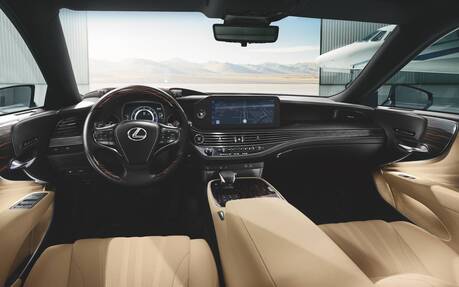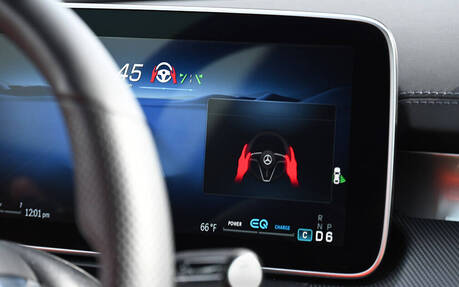Only One Automated Driving System Gets Passing Grade From IIHS
A lot of drivers overestimate or fail to properly grasp the actual capabilities of automated driving systems in modern vehicles. A new study by the U.S. Insurance Institute for Highway Safety (IIHS) serves as another warning.
Out of the first 14 systems tested by the IIHS, only the Lexus LS earned an acceptable rating. Two were rated marginal (GMC Sierra and Nissan Ariya), while 11 were rated poor (including the Ford Mustang Mach-E, Genesis G90, Mercedes-Benz C-Class, Tesla Model 3 and Volvo S90).
- Also: Autonomous Cars: Drivers Want to Keep Their Hands on the Wheel
- Also: Tesla Admits Full Self-Driving is Just Level-2 Autonomy
“Most of them don’t include adequate measures to prevent misuse and keep drivers from losing focus on what’s happening on the road,” IIHS President David Harkey said. “Some drivers may feel that partial automation makes long drives easier, but there is little evidence it makes driving safer. As many high-profile crashes have illustrated, it can introduce new risks when systems lack the appropriate safeguards.”
The Car Guide agrees with the IIHS when it comes to automakers misleading drivers, sometimes with names that imply their systems are self-driving. The safeguards they put in place also leave plenty of room for improvement.

“The shortcomings vary from system to system,” IIHS Senior Research Scientist Alexandra Mueller added. “Many vehicles don’t adequately monitor whether the driver is looking at the road or prepared to take control. Many lack attention reminders that come soon enough and are forceful enough to rouse a driver whose mind is wandering. Many can be used despite occupants being unbelted or when other vital safety features are switched off.”
The new IIHS ratings aim to encourage automakers to develop more effective systems with more robust safeguards that can help reduce intentional misuse and prolonged attention lapses. Some are already making changes to their systems through software updates. The two Tesla systems evaluated, for example, used software that preceded the December 2023 recall.
How Consumer Reports Ranks Them
A year ago, trusted U.S. magazine Consumer Reports put a dozen systems to the test to find out which ones are the most effective and the safest. Ford’s BlueCruise (and Lincoln’s ActiveGlide by association) came out on top, followed by GM’s Super Cruise.

Both were praised because they use direct driver monitoring technology (in the form of driver-facing infrared cameras) that requires drivers to keep their eyes on the road. They’ll sound an alert if the driver stops paying attention and can even slow the car.
Tesla’s Autopilot landed in seventh place, or no better than average, in part because the company doesn’t have an effective driver monitoring system.
